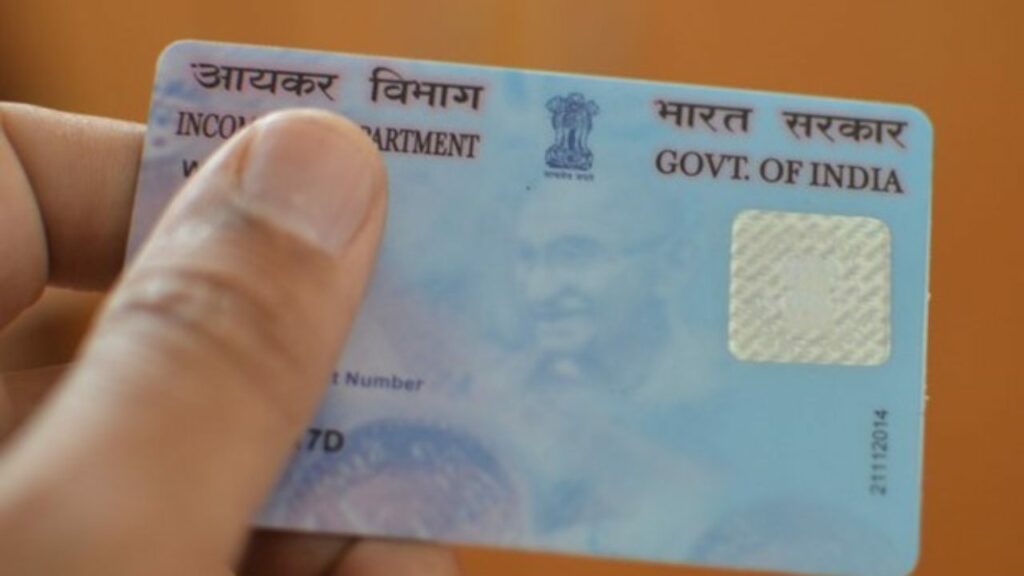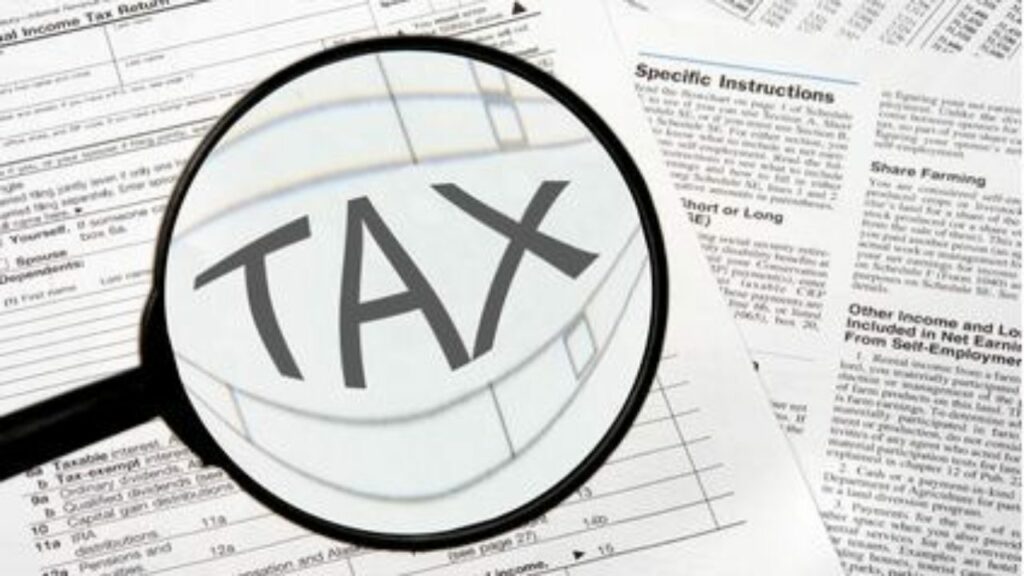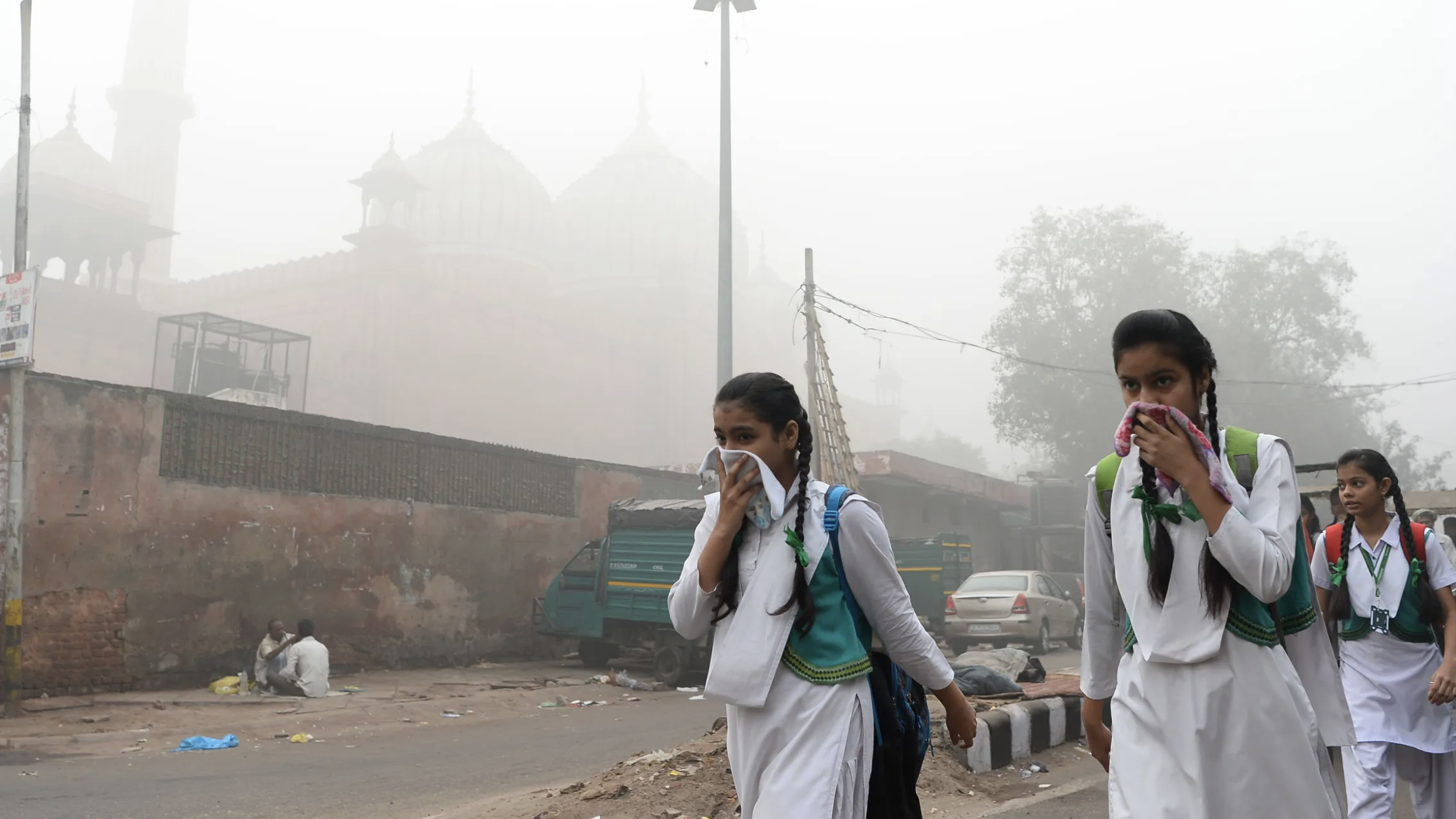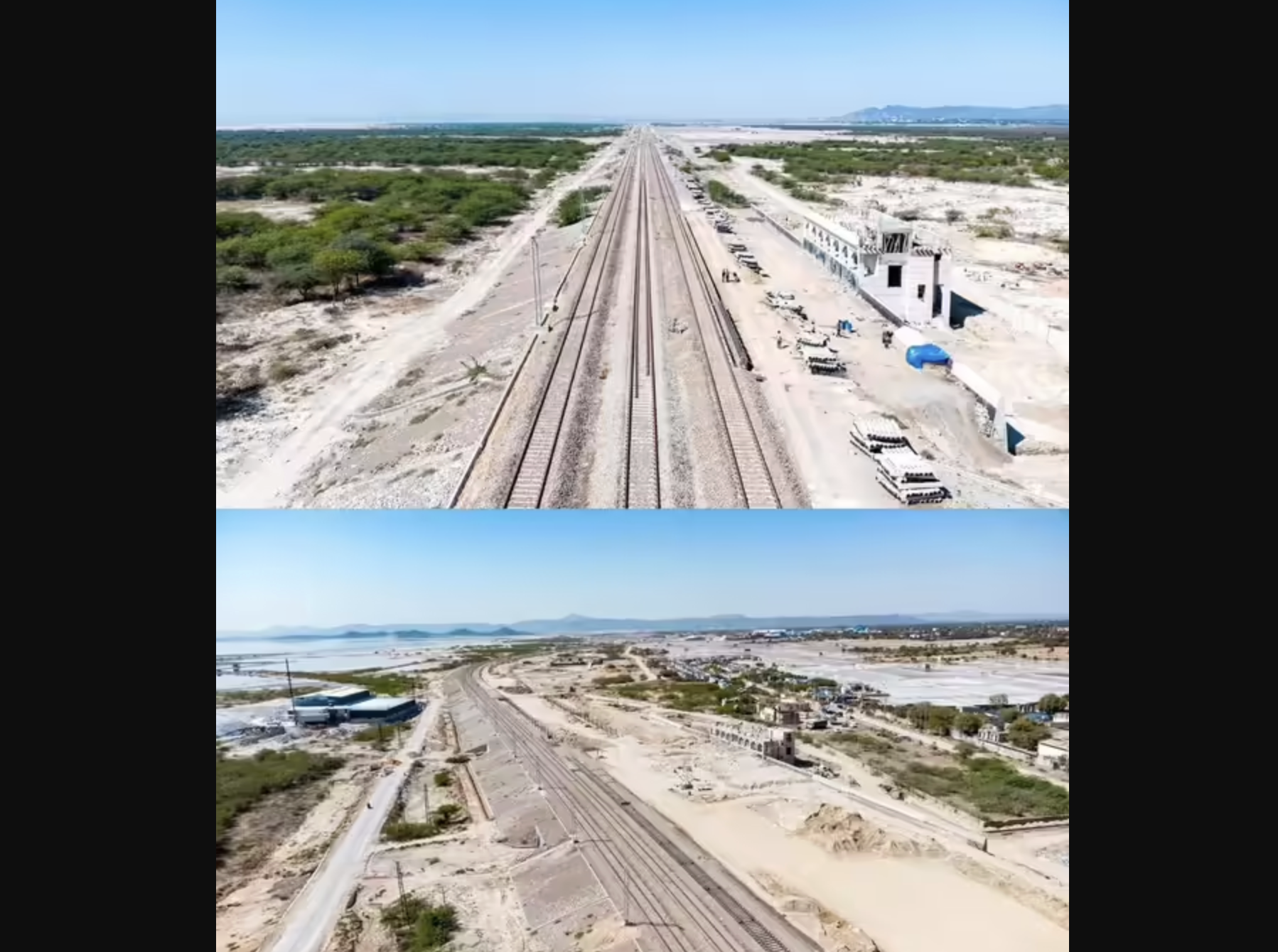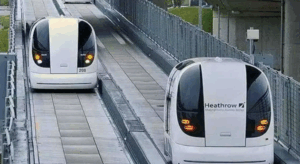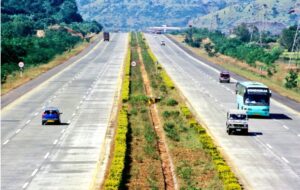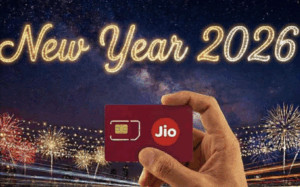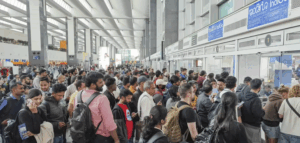Since Narendra Modi became Prime Minister in 2014, Indian Railways has undergone significant modernization, with the launch of the Vande Bharat semi-high-speed train being a key milestone. The first Vande Bharat train was introduced on February 15, 2019, marking a major step in India’s efforts to upgrade its rail infrastructure.
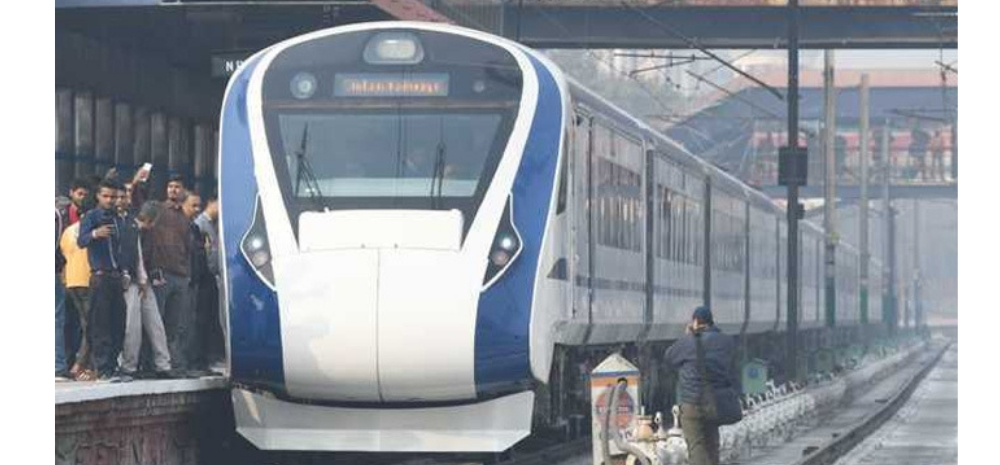
Vande Bharat: Revolutionizing India’s Rail Network and Gaining Global Attention
The fleet has rapidly expanded, with over 50 Vande Bharat trains currently operating on various routes across the country. These trains have already completed around 40,000 trips, transporting more than 4 crore passengers and covering a distance equivalent to 310.7 rounds of the Earth in the fiscal year 2023-24.
The Vande Bharat network spans over 280 districts in 24 states and Union Territories, demonstrating its extensive reach and efficiency. The train’s success has drawn international attention, with countries such as Chile, Canada, and Malaysia expressing interest in importing them. One of the factors driving this demand is the train’s advanced design and cost-effectiveness.
Switching to Electric: Indian Railways’ Cost-Effective and Sustainable Transformation
Additionally, Indian Railways has transitioned from diesel to electric trains, reducing operational costs. Electric trains require 20 units of electricity to travel one kilometer, costing about Rs 130 per kilometer. In contrast, diesel engines consume 3.5 to 4 liters of diesel per kilometer, leading to a fuel cost of Rs 350 to Rs 400. This shift to electric trains has been both economically beneficial and environmentally sustainable, highlighting the ongoing transformation of India’s rail system.
